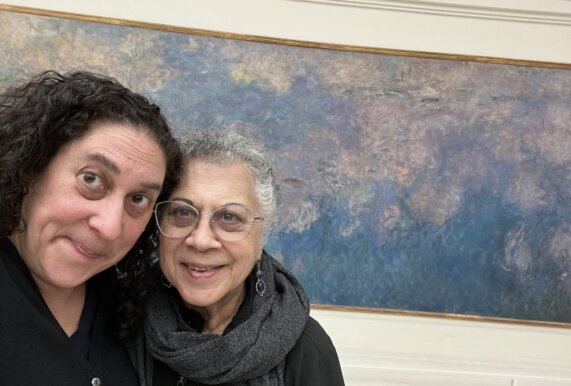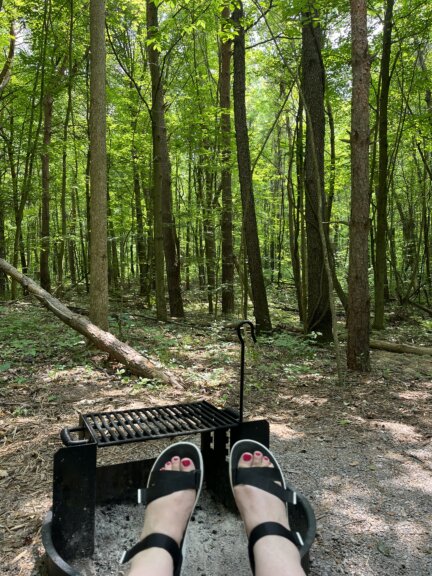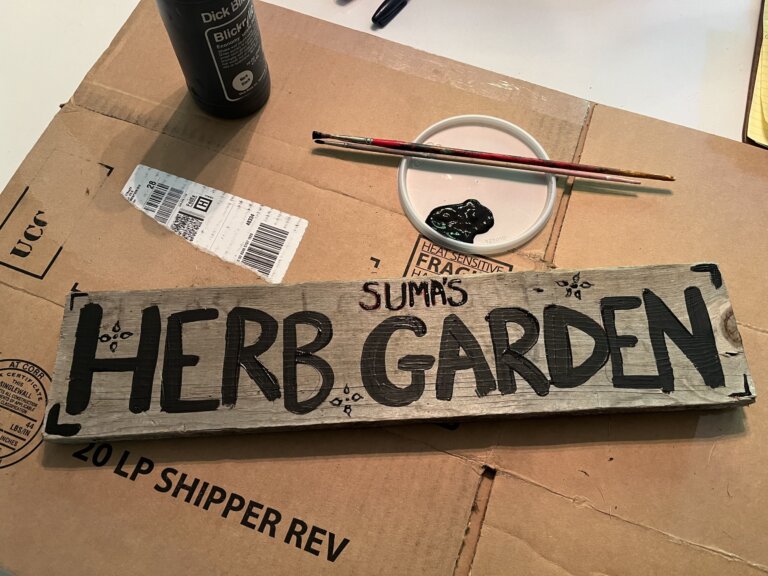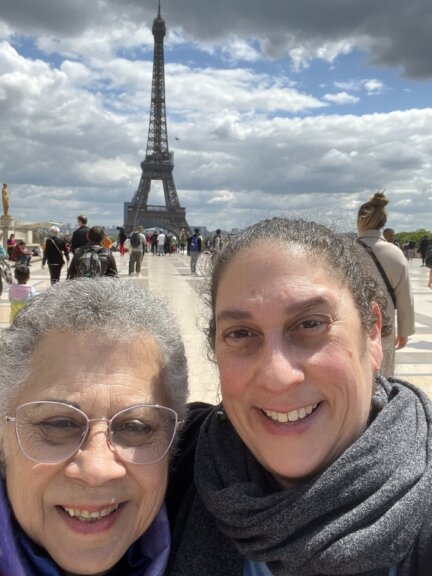
What comes up when you hear the word “sabbatical”? Do you instantly think academia? Is it project-based, or time for rest and renewal?
One word that keeps coming up for me is “privilege” – both in the sense that it is a tremendous honor to be awarded the Miller Fellowship (thank you to The McGregor Fund!) but also in the sense that I am well-aware that the opportunity to take a paid leave in the first place is deeply privileged. It is a rare and beautiful thing – but it shouldn’t be.
One hope I have for this experience is to begin to model how more companies, organizations and even individuals can move toward normalizing “intentional time away.” Space to rest, reflect and dream is truly a gift – one that everyone should be able to receive.
So, what are my thoughts from the first part of my sabbatical? Here are the top three highlights:
1) You have to actively trust others for them to become trust-worthy.
Everyone on the InsideOut team is dedicated, thoughtful, brave and mission-driven. It is an honor to work with folks who are not only top-notch professionals, but also damn fine people whom I deeply respect. I haven’t exactly been quiet about how I feel, but that said, I can’t tell you how many people have asked me some version of: “Aren’t you worried? Have you been checking in?” No. I wasn’t, and I haven’t been. I didn’t look at my inbox once.
Trust is an active verb. A leader can tell their team all day long “I trust you” but if their actions don’t align, it doesn’t really mean anything. Stepping away for two months is an extension of what we do on a daily basis. The more I trust my team, the more I can trust them. We build this muscle over time, but it requires work on both sides. (And of course, a willingness to create space for learning and failure.) In other words, my job is to set the stage on which others can perform, and then get out of the way – to sit back to watch the performance. Cue the standing ovation.

2) Everyone is an artist.
Okay, perhaps this isn’t much of a “revelation” given the work we do at InsideOut. But it’s one thing to believe that youth should have the opportunity to create, to have their voices heard – it’s another thing entirely to try to be creative as an adult who doesn’t identify as a professional artist. Of course, that’s the point: creativity is innate in all of us. We just have to find ways to let it out. Like writing in a journal or planting herbs or trying something new in the kitchen.
I work with some absolutely fantastic writers. I’m not trying to say that by starting a journal practice I am suddenly the same caliber of Artist with a capital A. Not even close! What I am trying to say is that something shifted in me when I made space and time for daily creation. I felt playful in a way I haven’t in years – lighter and more in the present. I poked around in cabinets full of art supplies I haven’t touched in 10 years, and then I starting using them. Not because I was interested in the outcome – one day I painted a cardboard box and then put it in the recycling bin – but because I am newly committed to the process. It just feels good. I think it’s healthy, and at the risk of sounding a bit preachy, I think it’s something we should all do.

3) Rest is a human right.
Thankfully several friends of mine recommended I read “Rest is Resistance: A Manifesto” by Tricia Hersey (you may know her as “The Nap Bishop”). In reading it, I had two realizations – one about me, and one about work.
First, I’ve been telling myself the story that I do rest. This is mostly because I do take time off. But with some intentional introspection, I realized that I have been deeply affected by living most of my life in this country. It turns out that the pervasiveness of white supremacy culture – of capitalism, corporate mentality and “grind culture” – has affected me too. Then I noticed that this had manifested in curious ways for me while on break. For example: even after being told “there’s no way you can do this sabbatical wrong” I spent a good two and a half weeks worrying that I was, in fact, doing it wrong. It’s hard to admit, but I also struggled a bit to “just be” without the pull to “produce.” (And I say this as a person who enjoys simply staring out the window.) Like anything else, it’s a practice. My goal is to continue to consciously make space for real rest once I’m back in the swing of things.
The second realization is that we aren’t doing enough to create a pervasive culture of rest and restoration writ large. At InsideOut, we value time for rest, we encourage use of individual PTO – I do my best to model “unplugging” when on vacation – and we occasionally shut everything down so we’re all off at the same time. But I don’t think it’s enough.
I’ve been thinking a lot about this quote from Adam Grant: “In toxic cultures, you have to burn out to take a break. Time off is how you recover. In decent cultures, you take a break when you’re low on gas. Time off is how you refuel. In healthy cultures, you’re expected to take regular breaks. Time off is encouraged to sustain energy.”
So, in my return to work – motivated by my evolving appreciation of equitable rest and by my incredible team – I will be working on restructuring our organizational use of time off and instituting a sabbatical plan for full-time employees. I’m excited to see what we can build.

I decided to divide my sabbatical into two parts, so I could use what I learned in the first to inform what InsideOut and I needed in the second. I’m still in the early stages of planning, but I already know it will include: 1) some time for travel (I was happily reminded how much this feeds my soul!), 2) professional development, as learning and growth are big, shared values around here, and 3) dedicated space for artistic enjoyment. NEA Chair Dr. Maria Rosario Jackson advocates living an “artful life.” In her words, this “encompasses both the creation and consumption of professional art, as well as the ways that arts and culture are a part of our everyday lived experiences of making, doing, teaching, and learning.” I’m already looking forward to what I’ll discover and sharing that with you all.